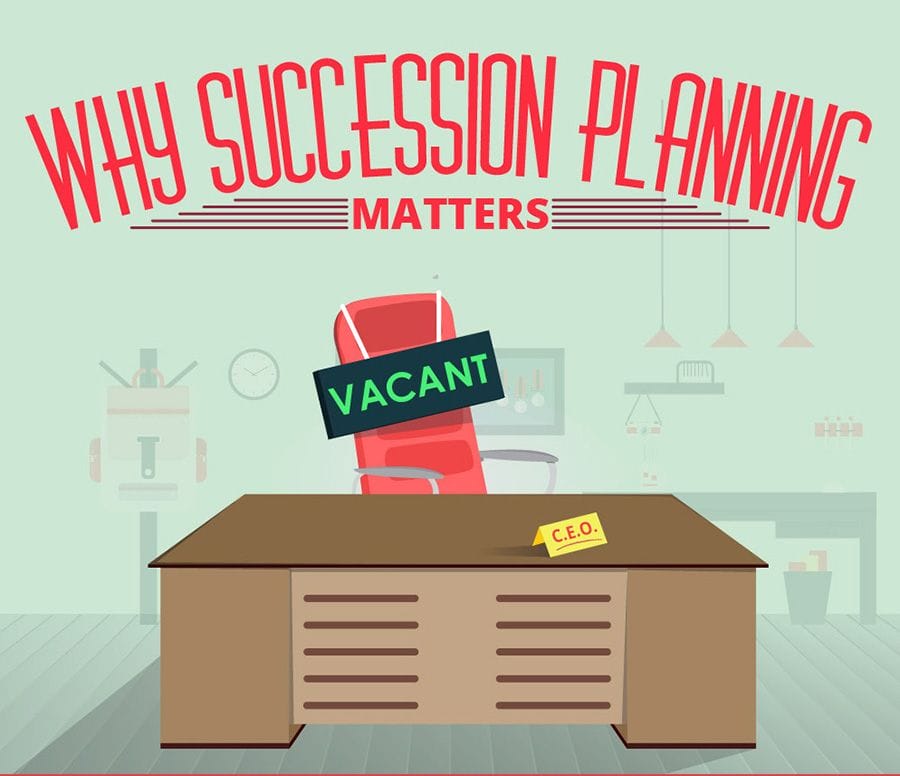Critical Components of Succession Planning

Critical Components of Succession Planning
At some critical point your focus needs to be on three key elements: the ‘Impact of Loss’, ‘Flight Risk’ and ‘Criticality to Retain’. These are essential components of Succession Planning. If you’re serious about achieving success through and with your best people, understanding how they impact your organization, both now and in the future, is crucial.
Succession planning is deeply personal—it’s not just about filling a position. It involves someone’s career, life, motivation, and aspirations. It’s about aligning these personal goals with your organization’s future objectives. Succession planning, when done right, can dramatically influence the trajectory of both your organization and the individual’s career. Rushing through the process can be detrimental, so it’s important to invest time and energy into identifying and nurturing your top talent.
We are talking about great people—possibly your very best—and succession planning requires focused time and energy to do it right. Proper succession planning can significantly impact their lives, the organization, and even your own as a manager and leader. It’s a process that should not be rushed. When you identify, invest in, and develop your top talent, helping them grow, improve, and stay, everyone benefits—including you. The key is to balance capturing quality data that’s easy to analyze with maintaining a strong ‘human touch’ throughout the process.
We need to focus and carefully look at key people and critical positions from numerous angles and perspectives and gather relevant information that can produce an integrated picture – even a harmonized image of them and the future. No one ‘angle’ or view is complete in and of itself. No one data grouping or pool tells the whole story. And remember, if the Succession Planning initiative you are planning has some depth and breadth or scope, your boss and/or someone in senior management will be doing the same exercise focused on you. You would want them to do it carefully, thoughtfully, comprehensive and seriously. You should do the same for anyone you evaluate.
Impact of Loss: How much or to what extent, will or could the person’s departure impact the organization (department, project, business unit, etc.)? Find some way to measure or record your degree of belief or concern about them in relation to the organization’s short and medium-term future. What are your most relevant, current contextual criteria for assessing negative impact should they go?
Flight Risk Assessment: What is the likelihood that the person will choose to leave or will need to be helped to leave the organization? Losing some people may be a good thing…losing the best people, at the wrong time could be devastating. I suppose we could relabel the alternative Flight Blessing Assessment. If you were to make a list of the possible reasons and were to ask ‘what are the chances of them leaving’, what would they be? The list will be unique to your company and current/near-future context and should be as fact-based as possible; although some of the ‘assessment’ will be subjective. But ensure you ask the right people who truly know the person.
Criticality to Retain: Assess them in balance with Impact of Loss. When we view them through this lens, we will be asking ourselves, ‘How critical would the loss be, but more importantly, what action might or should be taken to try to keep them and not lose their contribution?’ Investing in extraordinary or accelerated training and development or trying to tap into intrinsic motivations, or to offer inducements need to be carefully considered. The wrong criticality response could drive them away even quicker.
It’s important to remember that succession planning isn’t just about identifying future leaders. It also helps spotlight subject matter experts and technical specialists who may not be on the management track but are still vital to your business.
To conclude, there’s an additional key question that only a manager or leader who truly knows their people can answer: Beyond their knowledge, skills, experience, and abilities, what is it about their drive, motivation, and desire—their unique qualities—that makes them worth every effort to retain?
To see how TalentGuard can help you implement an effective Succession Planning Tools for your organization, view our Succession Planning Software page or request a demo.
Download our latest white paper, Future-Proofing Your Organization with Succession Planning, to explore modern strategies for securing your organization’s future.
We look forward to sharing more about the critical components of succession planning with you!
See a preview of TalentGuard’s platform
Why Succession Planning Matters
Why Succession Planning Matters Succession planning is a critical component for the long-term success and stability of any organization, yet surprisingly, a recent study revealed that 50% of companies with revenue exceeding $500 million lack a proper CEO succession plan. This statistic highlights a significant vulnerability within large organizations, where the absence of a clear […]
The Key to Effective Succession Planning
Key to Effective Succession A key to effective succession planning is essential to all organizations because they are always changing, and CEOs and executives can leave in a hurry. Replacing them can be a lengthy and frustrating process that often takes far longer than any board member might expect. Even companies with a formal succession planning process […]
How Executive Compensation Improves Succession Planning
How Executive Compensation Improves Succession Planning Executive compensation packages and succession planning remain unlinked (and separately managed) in many of today’s organizations. Companies that bring the two together, however, are beginning to get some real attention, and there’s a good reason for that. It works. Companies with more incentives tend to perform better overall, and […]





